
Responsibility
Organic matter in pond bottom sediment
Organic matter – including fertilizers, unconsumed feed and feces of culture animals – settles to pond bottoms, often with a negative impact on water quality.
Responsibility
Chemical fertilizers are frequently used in pond aquaculture to stimulate phytoplankton productivity and enhance the availability of natural food organisms.

Responsibility
Organic matter – including fertilizers, unconsumed feed and feces of culture animals – settles to pond bottoms, often with a negative impact on water quality.
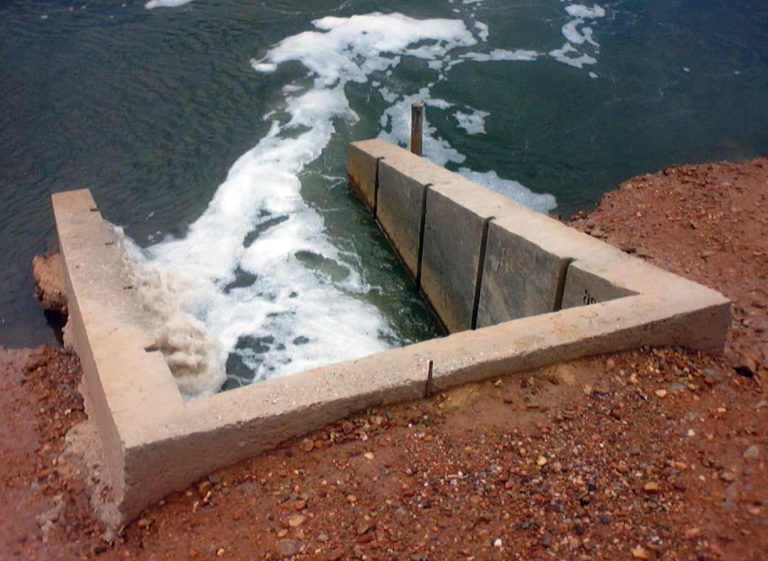
Responsibility
The United States Environmental Protection Agency published draft aquaculture effluent guidelines in the Federal Register.
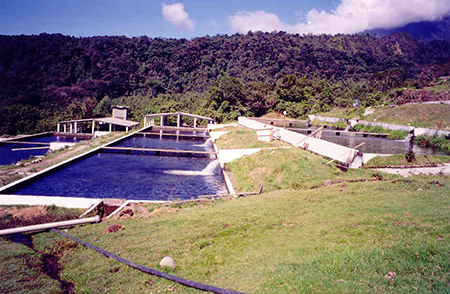
Responsibility
It behooves us to understand land and water use issues and understand the differences between aquaculture and traditional agriculture.
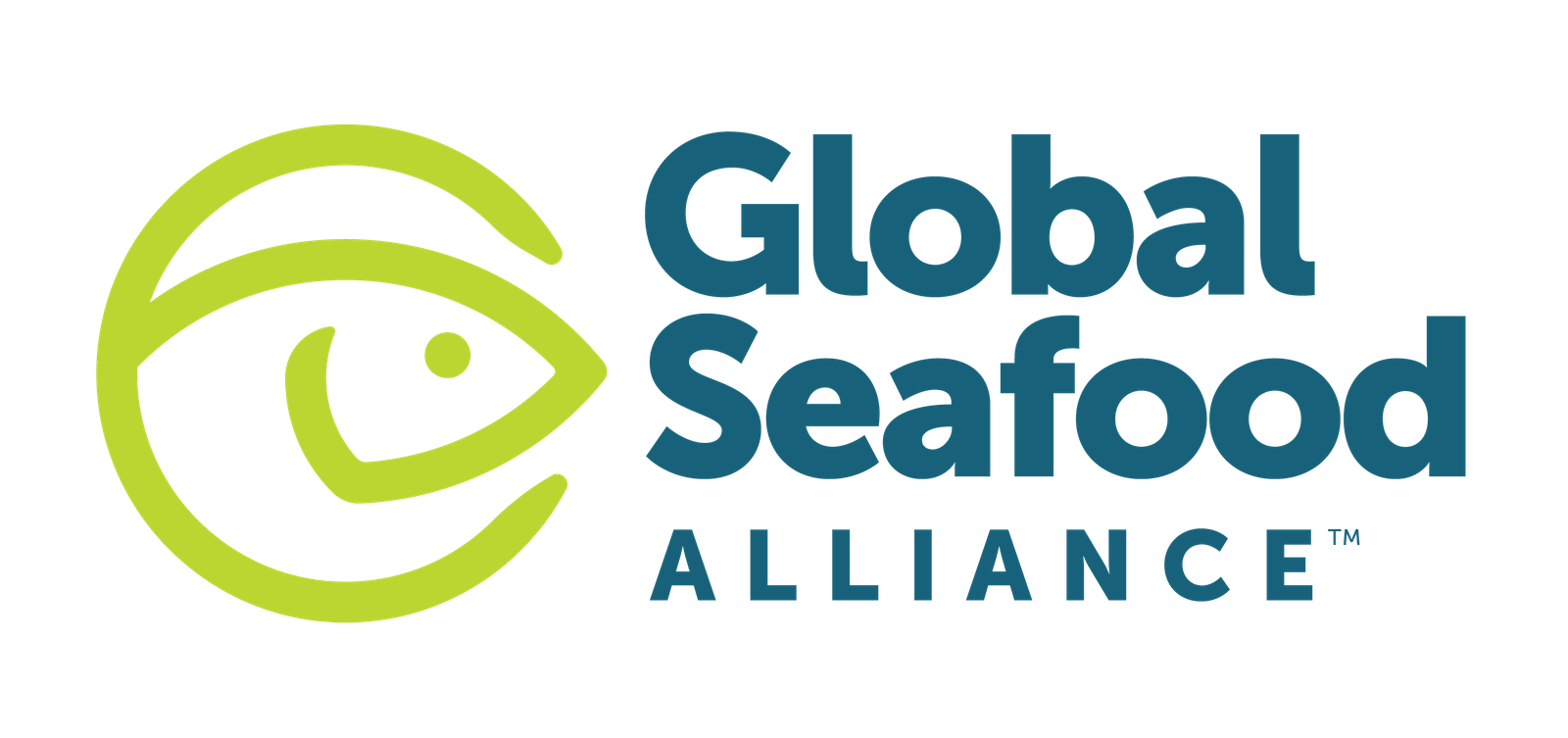
Responsibility
There is increasing interest in low-salinity shrimp culture in inland areas because it is thought that disease control is easier to implement.
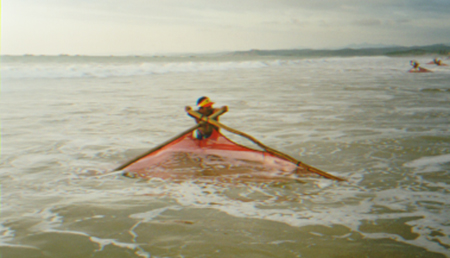
Health & Welfare
During the 1970s and 1980s, Ecuador's shrimp industry relied almost entirely on wild postlarvae but has since developed large hatcheries.

Responsibility
Shrimp and fish farmers frequently apply liming materials to ponds to increase the pH of bottom soils, elevate alkalinity and water hardness and improve conditions for microbial activity and benthic animals.
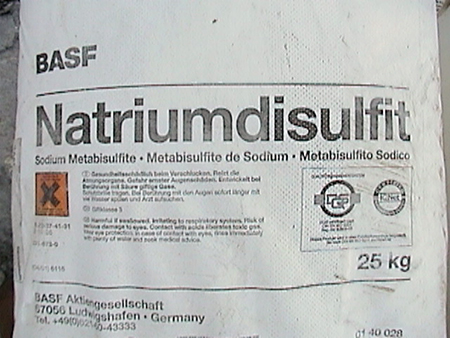
Health & Welfare
Dip shrimp in a 5 percent sodium bisulfite solution for 2 to 5 minutes to produce a bisulfite concentration of 30 to 50 ppm sulfur dioxide equivalent in the shrimp.
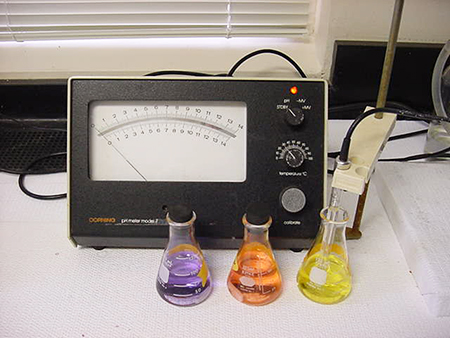
Responsibility
Natural waters uninfluenced by high biological activity seldom have pH above 8.5, but in fish or shrimp culture, pond pH levels can rise to 9 or higher.
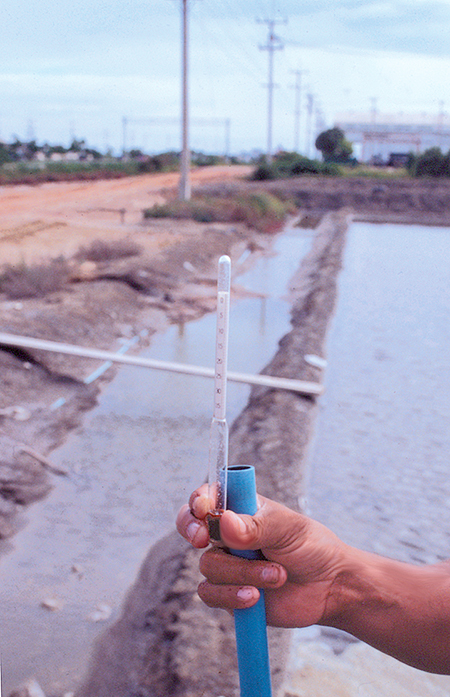
Responsibility
Low-salinity shrimp culture is an important activity in Thailand. Ponds contain water of 2 to 5 ppt salinity, mixing brine solution from coastal seawater with freshwater.

Responsibility
The ionic composition of inland well water can vary from suitable to toxic to cultured animals. Reliable data on concentrations of major cations (calcium, magnesium, potassium, and sodium) and major anions (bicarbonate, sulfate, and chloride) is therefore important in the management of waters for inland shrimp farming.

Responsibility
Water's ability to conduct electricity increases with the total concentration of dissolved ions. Measuring conductivity helps estimate salt content of water.

Responsibility
Adding nitrogen and phosphorus to natural waters can cause eutrophication. Discharge of these nutrients from aquaculture operations is under U.S. government evaluation.
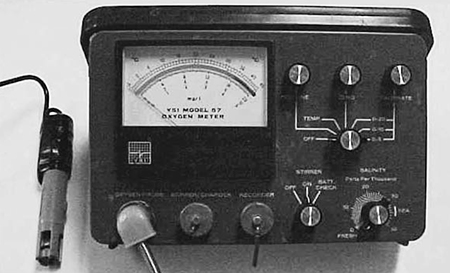
Responsibility
Dissolved oxygen concentration is perhaps the most important variable influencing the well-being of fish, shrimp and other aquatic life.

Responsibility
Biochemical oxygen demand is an index of the oxygen demand in wastewater, an important water quality variable used in effluent management.
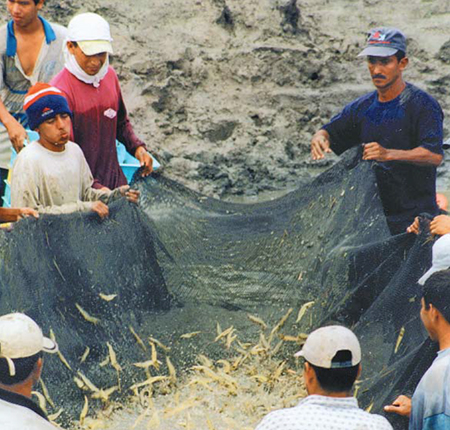
Responsibility
Inland shrimp farming has been a common practice in some areas of Thailand for nearly a decade and interest in this activity is spreading.